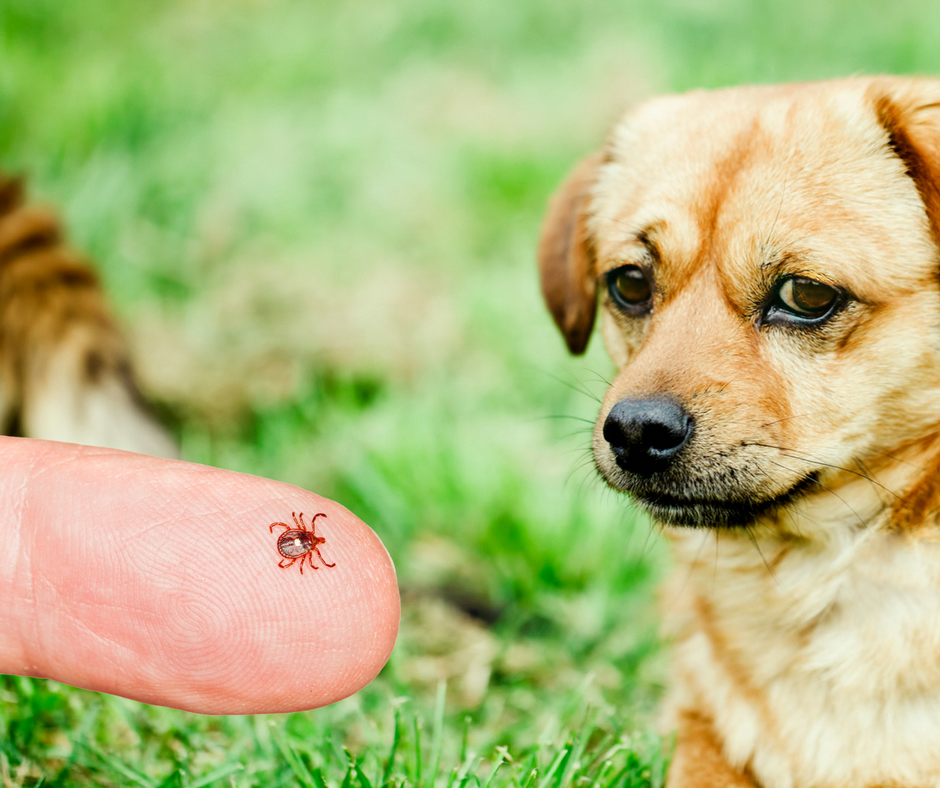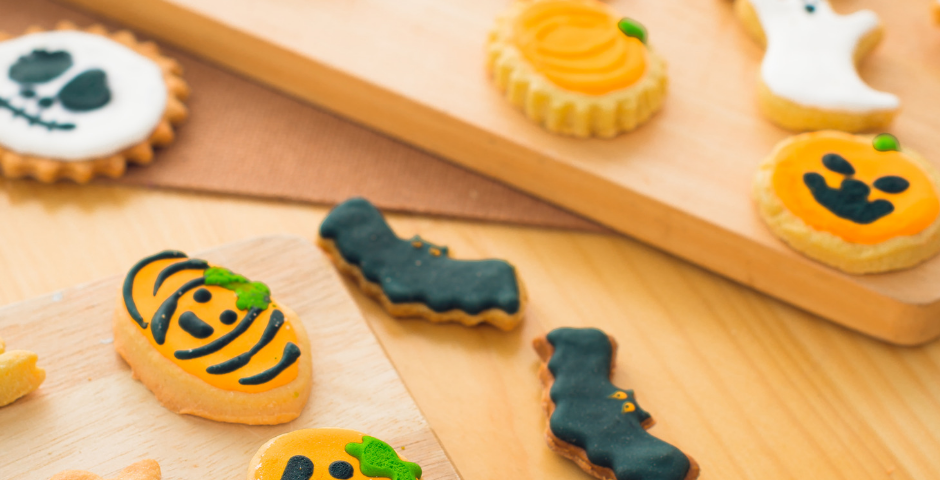
Flea & Tick Medication Label Update – FDA
September 28, 2018
Cats Need Regular Check Ups Too
November 8, 2018The spookiest, and most fun holiday of the year also happens to be a time when pet owners need to be the most cautious. Feel free to enjoy the candy, Halloween decorations, and Trick or Treaters, but always keep your dog or cat’s safety in mind.
Chocolate
Most dog and cat owners are aware that their pets shouldn’t consume chocolate, but not everyone knows why. This delicious Halloween treat contains a chemical called theobromine, which humans can break down and digest with ease. Our saliva contains amylase, a digestive enzyme that dogs and cats are only able to secrete through their pancreas. This means the toxins from the chocolate can build up to a dangerous level if your dog or cat eats too much of it.
Also be aware that the darker the chocolate, the worse off your pet will be after consuming it. Milk chocolate is less dangerous, and white chocolate has the least cause for concern. Cocoa powder in raw form is also highly toxic for your pet.
Symptoms include:
- Vomiting
- Diarrhea
- Excessive Urination
- Seizures
- Faster than normal heartbeat
The weight of your pet and the type of chocolate they eat will determine the toxicity and whether or not your dog or cat is in any serious danger. If you haven’t actually seen your pet eat any candy but suspect that she has, expect to see signs of symptoms within 6 to 12 hours.
If you do think there’s a chance your pets has eaten some chocolate, don’t wait for symptoms to show. Get them to the vet so that they can be examined and treated as quickly as possible; it’s always better to be safe than sorry!
There are websites like these that contain a toxicity scale and a calculator to give you a better idea of how urgent the situation is. Sometimes it may not be an emergency, but it’s still good to have the details when you get to your veterinarian for faster treatment.
Nuts
Although most nuts are safe for dogs to eat, be on the lookout for one that is harmful, the macadamia nut, found inside a large variety of goodies that your kids may bring home. It’s not entirely clear what causes the bad reaction, but all it takes is about one tenth of an ounce (a single nut!) per 2 pounds of body weight for a canine to start showing symptoms.
Signs typically show up within a few hours up to 24 hours after ingestion. Symptoms include vomiting, ataxia (wobbly, drunken gait), muscle weakness or pain, and tremors and hyperthermia (elevated body temperature). As with chocolate exposure, if you know your dog has eaten macadamia nuts, or a treat that contains them, call your veterinarian immediately.
Oddly enough, cats seem to be able to eat macadamia nuts without incident, or just don’t tend to eat enough to have a reaction – it’s not clear.
Xylitol
Chocolate isn’t the only candy you should watch out for, as most sweets also contain a chemical called xylitol. It’s an artificial sweetener often found in gum, lollipops, certain varieties of peanut butter, mint candies, cookies, and quite a few more categories of Halloween food. Though it is less common for cats to be attracted to treats containing xylitol, it can cause your pet’s blood sugar level to drop and can lead to liver damage.
Exposure to Xylitol can be a year-round problem because it is an ingredient in certain brands of gum and other treats that may be common in your household. If you really want to keep your pet safe, review labels and switch to brands that include a different type of sweetener.
If you really want your pets to feel included in the holiday, you can always make some homemade treats of your own! Find a recipe that you like and some dog or cat-shaped cookie cutters to make them a little more festive. You can use Halloween themed shapes as well, just make it clear to your guests that they are for furry friends –they’re not harmful to humans, but they aren’t very tasty to our palettes!
Trick or Treaters
Even though they certainly do not mean any harm, younger children don’t always understand why grownups tell them not to do certain things. They might have been told not to feed Scrappy chocolate, but “it tastes so good, and Scrappy is so cute! Why shouldn’t he be allowed to eat some?” You probably remember being a child, so you can understand their inquisitive nature, and their desire to feed adorable, furry, four legged creatures!
Another thing to consider is whether your sensitive pet will be as welcoming to strangers as you are. Some pets do just fine during the Halloween season, but for others it can be a very confusing and stressful situation. The doorbell is constantly ringing, and every time you answer there’s a mob of terrifying creatures ready to storm the house! That’s how it may look from the perspective of a fearful pet anyway; the best thing to do would be to keep them away from the door. Have a friend or family member hang out in the living room to keep you both company until the trick-or-treating hours have ended.
The worst-case scenario is that a child reaches out to hug your pet, and he or she bites them out of fear. Keep your pet, and your neighbors, safe!
Halloween Decorations
While you’re on the prowl for possible Halloween hazards, remember to keep decorations and small parts out of reach. Spider rings, fake webbing, twine, small skeletons, bone decor, and toy rodents are all as attractive to the family pet as they are to you. Where you see an HOA award for best Halloween House, your pet sees a bunch of brand-new chew toys!

